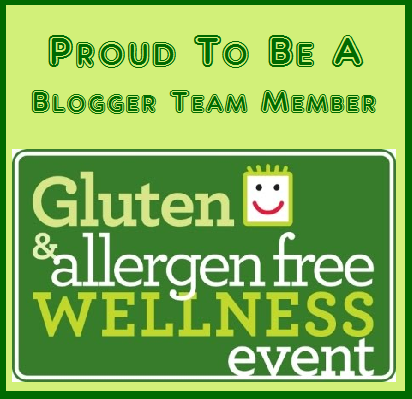I realize the title of this post may ruffle some feathers, so let’s get one thing straight: I have nothing against this ingredient - on the contrary, I’ve been using it regularly for a few years now. (If you’re still wondering what this so-called “aquafaba” is, don’t worry, I’m about to fill you in.) And if you know and love this stuff, hear me out - I love it too, but there are a few issues I just can’t overlook...about its name. It’s been quietly bothering me since I first encountered it, and now that some commercial products are starting to use the ingredient, I just have to speak up.
First off, just to make sure we’re all on the same page here: I’m talking about a certain egg substitution trick that’s been making waves in the last three or so years. It works fantastically in many situations, in fact, often much better and more versatile than other popular subs like flax gel, fruit puree, tofu, or packaged egg replacer. Most importantly, unlike these other egg subs, it creates a stable foam. And chances are, you already have it in your pantry! If you’re already in the loop, you know where this is headed. But if not, get ready...this is going to sound pretty weird. Are you ready? OK, here we go: It’s the liquid from boiled or canned beans. Yep, that soupy stuff you usually pour down the drain. I’m serious! The chemical/molecular reasons why it works are very different from what goes on in an actual egg (I’ll get to this later), but the end results have a surprising number of similarities. When I first read about this back in 2015 I was immediately excited - what a neat way of exploring the properties of food!
Now, here’s where the controversy comes in: This discovery is attributed to certain individuals in the vegan baking community, and these same people dubbed the ingredient “aquafaba,” cobbled-together Latin for “bean water.” Again, I’m very fond of the ingredient, and find it extremely useful - in fact, in some GF formulas, I find the results to be superior to using actual eggs (I’ll get to that later too). But first, let’s address the terminology. I’m not a fan of that name. Commonly, the immediate response to hearing it is “aqua-what??” Newcomers to free-from diets are already overwhelmed by the long list of unfamiliar inventory. There’s no need to add to that by making up new words for things that we’re already well acquainted with. Just call it what it is: bean broth. That may still take a tiny bit of explaining, but it’s a descriptive and matter-of-fact term that avoids making it sound weird or “alternative.”
But wait, shouldn’t the people who discovered it have the right to name it what they want?, you may be asking. Which brings me to my next point: I’m not on board with the origin story either. As a matter of fact, we already know that bean broth actually has been deliberately used as an ingredient for centuries. In medieval Europe, where animal foods were intermittently restricted by the Catholic calendar, water from boiling legumes was commonly used to enrich soups in place of meat broth on non-meat days. So we know for a fact people noticed its consistency was useful. That’s an example that’s actually documented - many more everyday uses of humble ingredients likely went unrecorded! This knowledge wasn’t lost in the middle ages, by the way: for instance, the 1982 cookbook Bean Cuisine (where it is referred to as bean stock) suggests using it to add body and flavor to casseroles and soups.
The people who are given credit for “discovering aquafaba” might have been the first ones to notice that the liquid from canned beans is just the right concentration that it can be subbed for eggs by weight - and that is indeed a highly significant discovery, don’t get me wrong. But considering beans have been boiled in kitchens everywhere for hundreds and hundreds of years, I would honestly be surprised if no one ever considered its potential until 2014. I mean, have you ever watched a pot of beans cooking, when the foam starts to rise and maybe even boils over? That stuff fluffs up like a bubble bath! I can't really fathom that in all the time humans have been cooking legumes, there hasn't been at least one person who's noticed that foam and thought, ‘hey, maybe I could use that property,’ just as people noticed it could be used to thicken. Additionally, on an academic level, the foam-stabilizing properties of legume arabinogalactans have been noted in research papers (specifically, papers focusing on the microstructure of idli and other fermented foods) going back to the 1970s - so we also know the foaming properties were indeed previously recognized as useful in baking applications long before this decade.
So, there’s my rant. Check back soon for part 2, where I’ll show you the science of how and why to use this ingredient for gluten-free baking!
 |
| Bean broth whipped for icing. |


